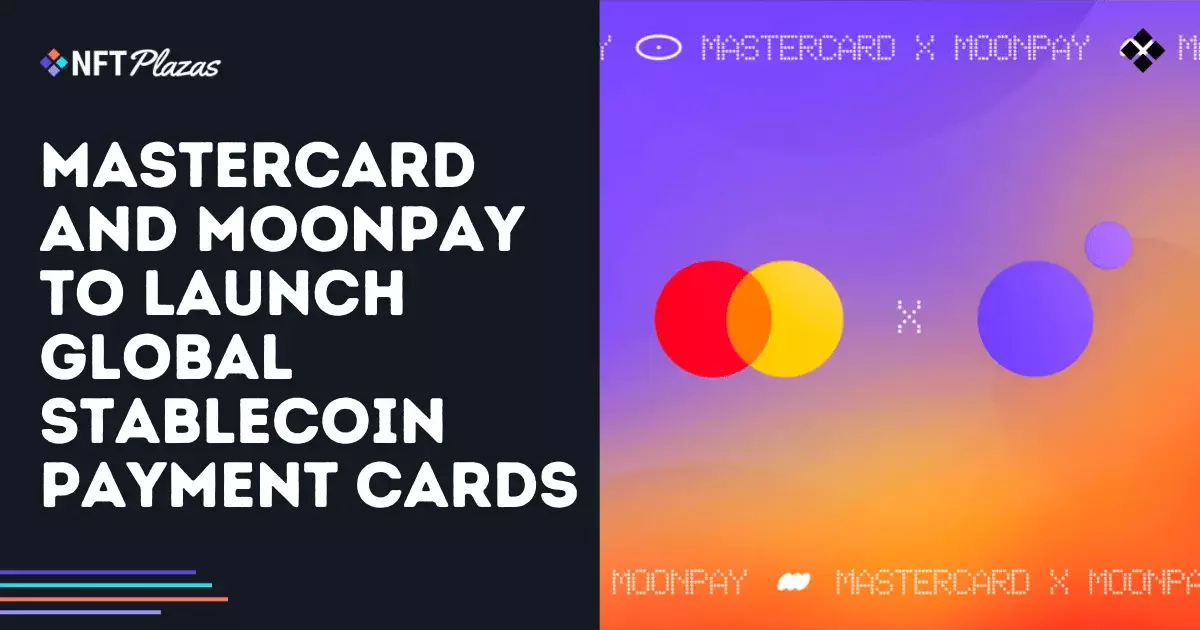Mastercard’s recent partnership with MoonPay is more than just a business expansion; it represents a pivotal shift in how we perceive and utilize digital currencies. As stablecoins gain prominence, this collaboration promises a streamlined and user-friendly financial landscape. Stablecoins, which possess the power to stabilize digital currency volatility, could fundamentally transform everyday transactions. With the integration of stablecoins into payment systems, we are witnessing a shift that could democratize access to cryptocurrency without requiring users to navigate its complexities.
The Magic Behind the Infrastructure
The infrastructure backing this initiative is Iron, a company acquired by MoonPay, which specializes in stablecoin payment technologies. Their mission is to make stablecoins accessible for both businesses and individual consumers. By converting stablecoins into fiat currency at the point of sale, they eliminate the nuances of crypto wallets. This is particularly appealing for merchants wary of market volatility; the assurance of receiving a stable fiat currency instead of fluctuating cryptocurrency values could accelerate their willingness to adopt these payment systems.
Indeed, while the specific stablecoins supported remain unannounced, major players like USDC and USDT, known for their dollar peg, are likely candidates. This fact reinforces the concept that stablecoins can coexist with traditional financial systems, providing robust, efficient alternatives.
Regulatory Uncertainty Looms
However, the path to widespread adoption isn’t entirely smooth. The ongoing efforts by the U.S. Securities and Exchange Commission (SEC) to clarify the regulatory environment surrounding stablecoins raise crucial questions. Although recent guidance suggests that some stablecoins don’t classify as securities, ambiguities persist—especially for algorithmic or yield-bearing varieties. As regulations develop, the potential for both innovation and hindrance looms large, forcing companies to navigate a convoluted legal terrain.
Despite these uncertainties, it’s compelling to see that neither the SEC’s ambivalence nor the lack of a clearly defined global standard has deterred industry leaders like Mastercard. The company’s calculated risk-taking in this space speaks volumes about its confidence in the future of digital currencies.
Global Implications and Competitive Landscape
As Mastercard sets its sights on a global rollout for stablecoin transactions, the competitive environment will inevitably heat up. Visa is already ahead, piloting a stablecoin program in Latin America, indicating that the race is on for financial supremacy in digital transactions. This competition could accelerate innovation, ultimately benefiting consumers and businesses alike.
Mastercard’s vision seems clear: adapting to or even leading the transition toward stablecoins is not merely an option but a necessity for remaining relevant. As the landscape evolves, businesses that fail to embrace these modern solutions risk becoming obsolete.
In a world where technology drives change at breakneck speed, Mastercard’s proactive approach to integrating stablecoins could serve as a template for how traditional financial systems adapt in the digital age. This partnership with MoonPay is not just an enhancement of payment options; it marks a significant leap toward a more inclusive financial reality, paving the way for a dynamic economic future.















